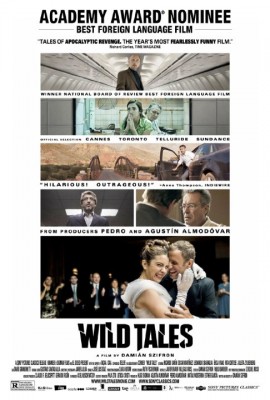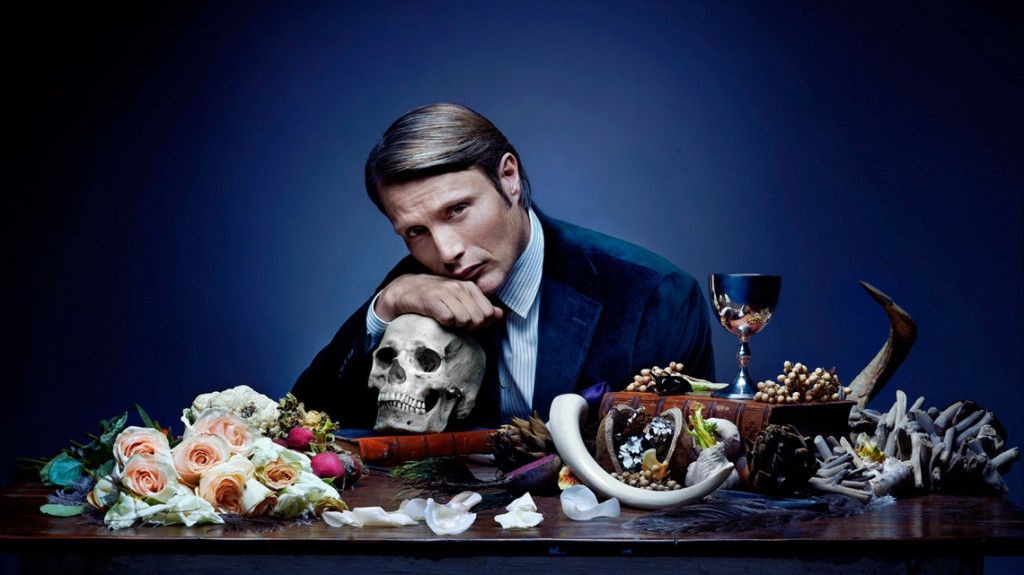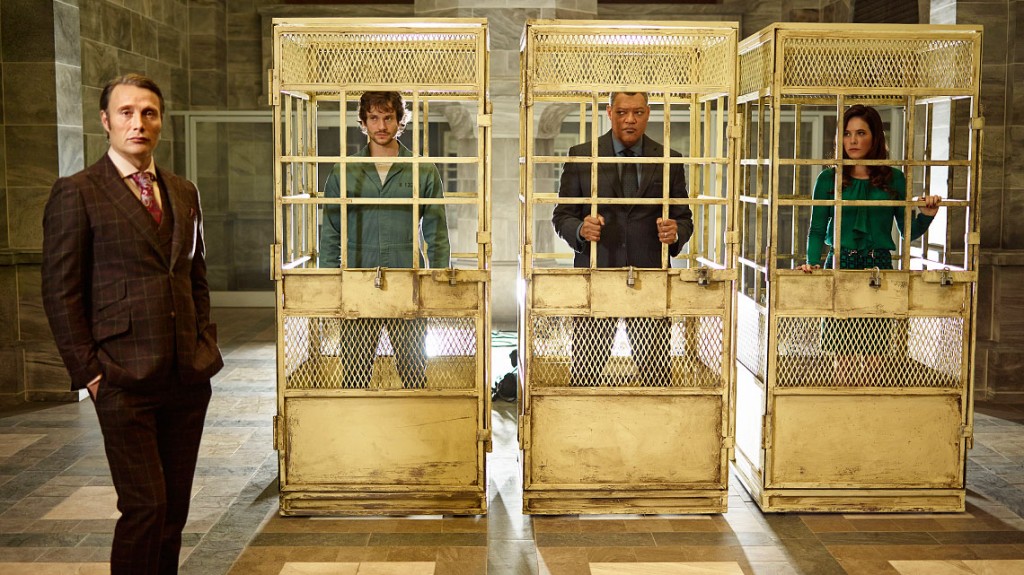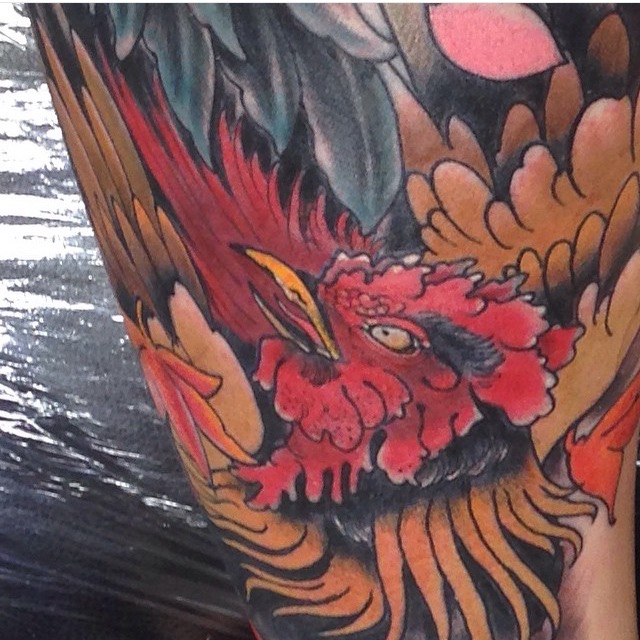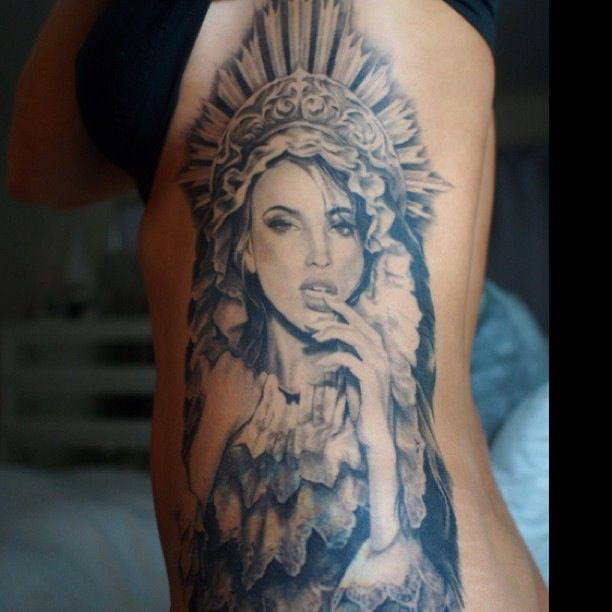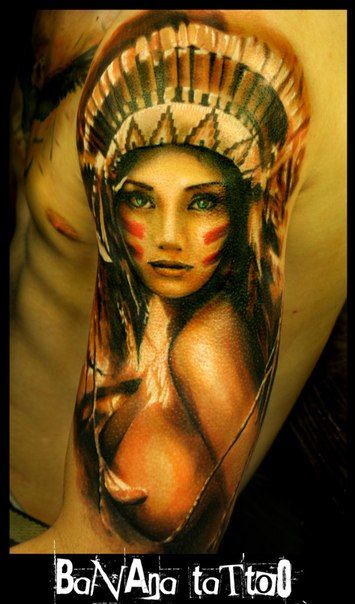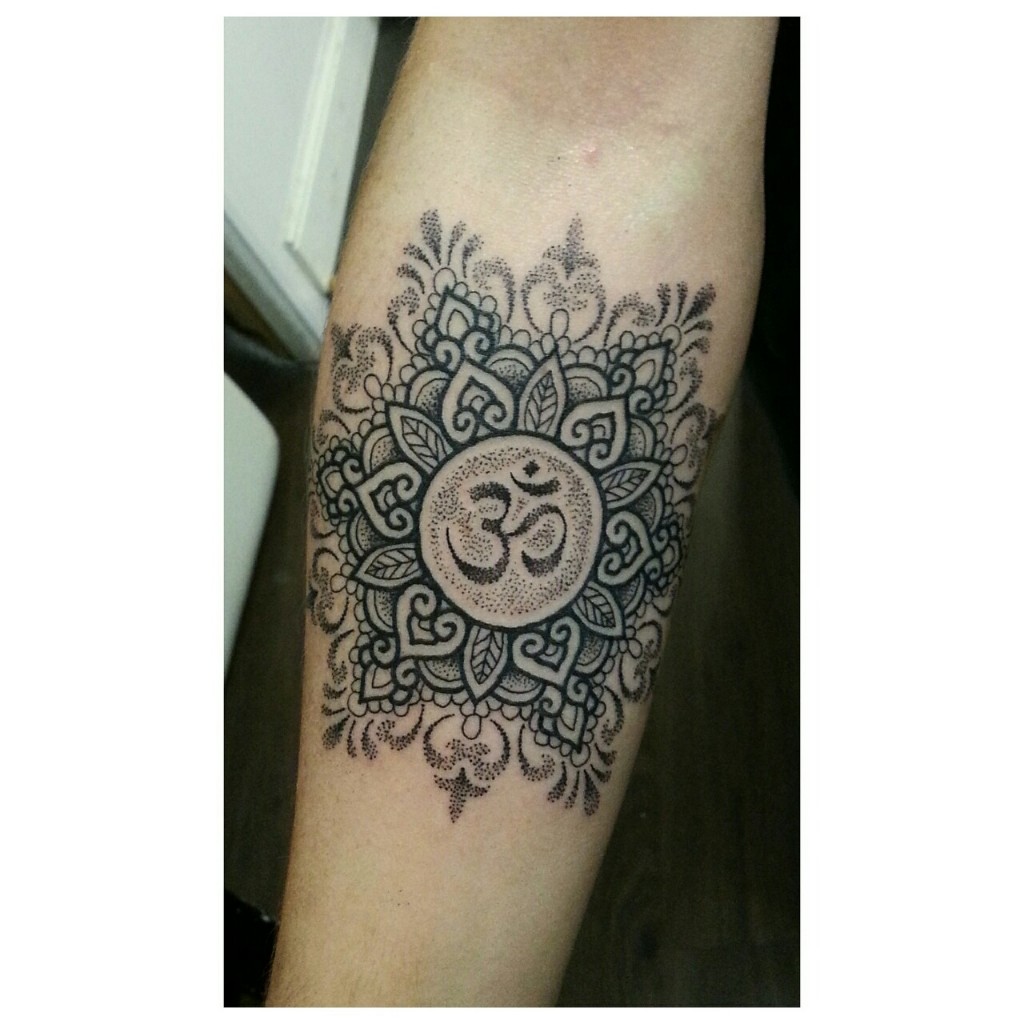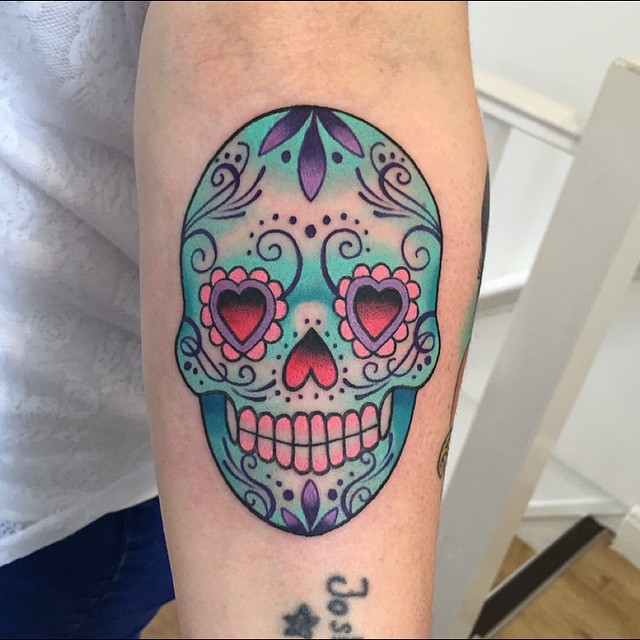Sarah is a 27-year-old writer, coach and creator of SarahStarrs a Punk Rock Personal Development blog. We chatted to her about her journey of self-love, achieving your goals and her beautiful tattoo collection…
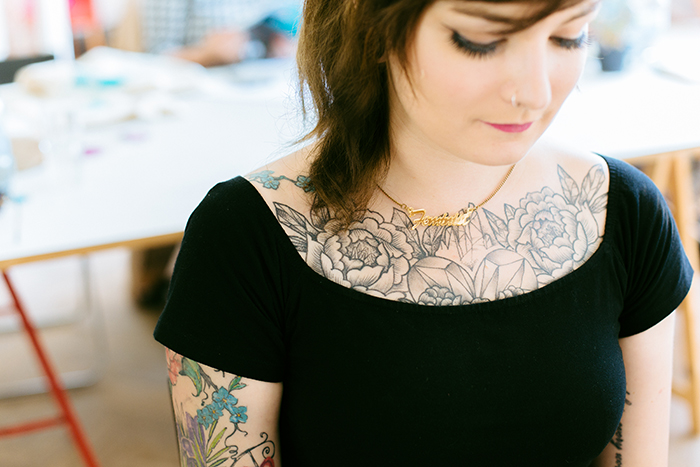
Can you tell me a little about your blog and what people can find on it? You can find my blog at SarahStarrs.com, where I help women get their shit together & create a life they love. I mainly write about self-love, personal development, lifestyle design, creativity, and achieving your dreams. I believe that it’s absolutely possible to achieve your big goals and that it all starts with learning to adore yourself. But this doesn’t happen by sitting idly by and wishing for good things to happen. I show people how to get down and dirty with the universe to make magical things happen. But you have to do the work. That’s why I call it “punk rock personal development.” I’m launching a podcast with that name on 14th August, which I’m very excited about!
How did you become a blogger? I’ve been writing online in one form or another since I was a preteen – I had Angelfire, Geocities, Livejournal, Myspace, etc. My current website, SarahStarrs.com, was born out of my old website The Laughing Medusa, which I launched in 2011. I started blogging that time around out of a kind of necessity. I felt really stuck and strangled in my job as a magazine editor. I was longing for a creative outlet and editorial freedom, so I decided to start a blog. At the same time I was undergoing a lot of personal transformations as I learned about personal development and got into healthy eating, so my online space became a place for me to explore these new interests. It began more or less as a personal/lifestyle blog, but has evolved a lot over time to become the business and resource it is today.
Where do you get your inspiration from? I’m most inspired by people who are balls to the wall following their passions and going after their dreams in an unconventional way. A lot of my writing is inspired by the things I learn from these types of people, as well as my own experiences learning to transform my life. But, as cliche as it sounds, I find that inspiration can spring from anywhere: a great conversation, an interesting film, a beautiful pattern, catchy lyrics… anything that catches my attention and gets me to look at things in a new way.
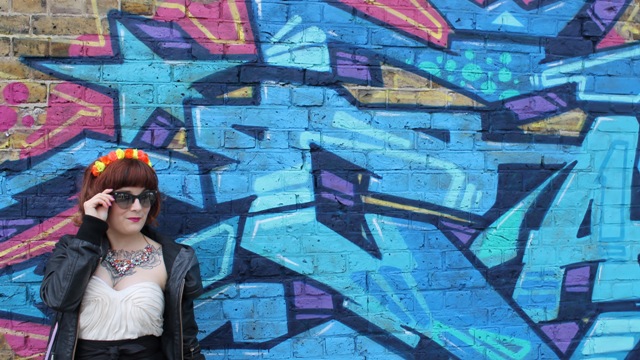
You are an advocate for self love and following your dreams how did this come about? Oddly enough, it started in a university philosophy class about existentialism. People know me as a positive, upbeat person who gets an idea and runs with it, but I wasn’t always like this. In truth, I used to be a bit of a neasayer. I’ve struggled with anxiety and depression all of my life, but I also just didn’t think the things I wanted were possible for me. I let fear rule my decisions for a long time. Existentialism is based on the idea that all of us is radically free. We all face limitations imposed on us by physical realities, our histories, material circumstances, etc. But we’re always free to choose our actions and reactions. And that’s who we are: the product of our choices and actions.
That really struck a chord with me. To be honest, I resisted the whole thing at first. It’s hard to accept that our destiny is in our own hands. It’s a lot of pressure! Around the same time that I was taking this course, I started delving into the world of personal development, reading bloggers like Gala Darling and Alexandra Jaye Johnson. I saw a lot of similarities between the concepts of self-love and existentialism – namely an emphasis on personal responsibility and taking control of your own life. I started incorporating the things I was learning into my life and my mindset started to shift. As it did, it was like my whole world started opening up. Not all at once, but slowly I started to take risks because I knew I had to take complete responsibility for my life. The things I want were possible and it would be my choice if I denied myself them. Since then I’ve focused on making bold, sparkly choices and intentionally designing my life.
Has it taken you a while to love yourself? Do you have any advice for readers? I like to make it really clear that I am not finished learning to love myself; I do not have it all figured out. Self-love is a lifelong journey. I still have my bad days when my inner critic gets the best of me or I start comparing myself to other people and I want to give up on everything. I still struggle with my mental health and have dark periods that are difficult to crawl out of. The difference is that I now have a toolbox of strategies, practices, rituals, and mindsets that help me navigate those times with love and kindness for myself. Those are the things that I want to teach people. I know now that my mind can play tricks on me and my thoughts are not always real, but I have the ability to choose a more loving thought.
I’ve created a whole course on starting your self-love journey but if you’re looking for a simple place to start, I would look at incorporating some simple mindfulness techniques into your daily routine. I’m working on a post about this right now but a simple way to start doing this is just a spend a couple of minutes connecting with your breath and noticing your thoughts, perhaps labeling them as “planning,” “worrying,” etc. and then letting them float away. As you practice, you’ll strengthen your ability to clear your mind and you’ll gain more control over your thoughts. I’d also recommend either writing down the things you’re happy and excited or grateful for or just taking note of them mentally. It’s a great practice to do first thing in the morning and before you go to bed, so you’re starting and ending each day filled up by the good things in your life.
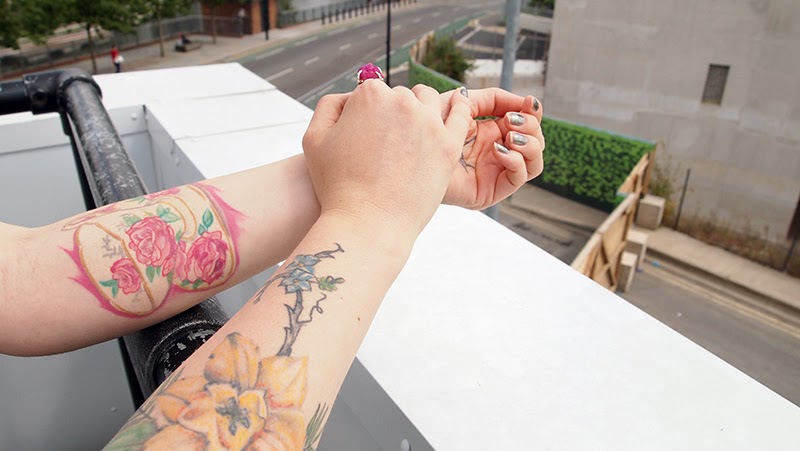
What first steps did you take to achieve your goals? I’m still very much in the process of achieving my goals, but I guess the first step was learning to put myself out there. It can be so difficult to share your dreams or your creative work when you’re so far from where you want to be, but that’s the only way that you’ll learn and grow. You have to take action or your dreams are just fantasies. When I started blogging, the work I was putting out there was so reiterative and my inspirations were so obvious. I had to write myself into my voice and find my unique message, but if I hadn’t put that early writing out there, I never would have gotten to where I am today.
Can you tell us a bit about the courses you have on offer? I offer a self-guided ecourse called Romance Yourself: A 40-Day Journey to Self-Love. I think of it as the guiding hand, encouraging voice, and kick in the ass I wish I’d had when I started my self-love journey. Self-love is pivotal to living the life of your dreams, but it can be difficult to know where to begin. Romance Yourself will show you the way. The course provides a daily practice for you to start cultivating that feeling of love for yourself as well as daily insights and exercises to start exploring your thoughts and beliefs and creating a practice that is unique to you.
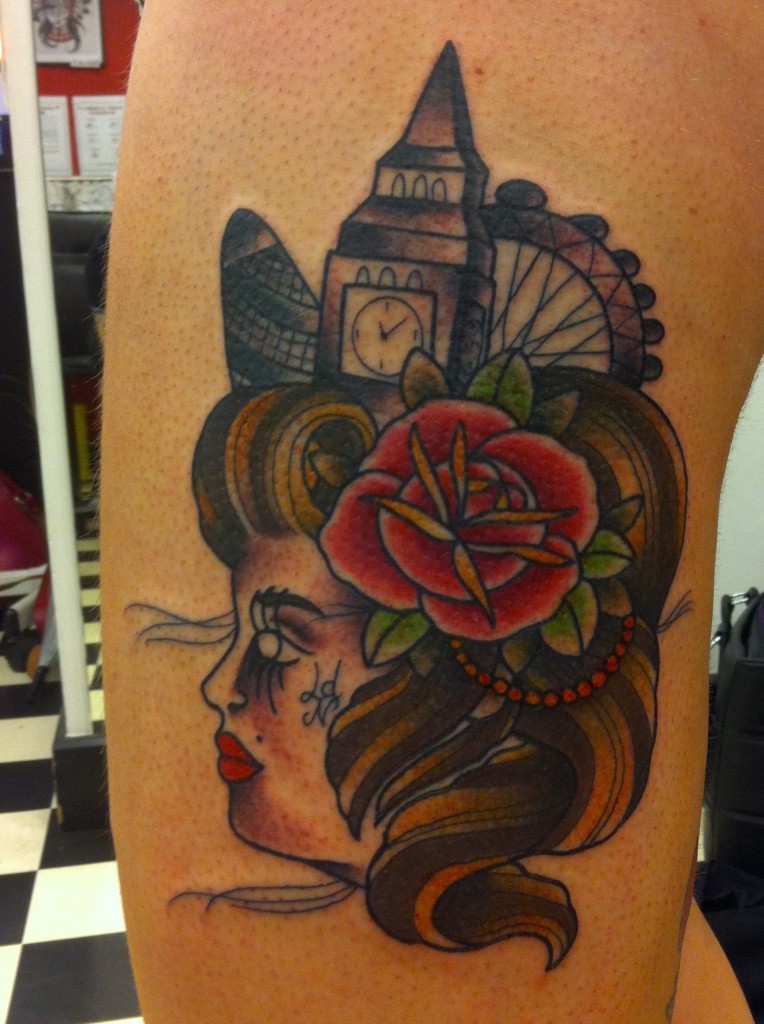
For anyone who’s feeling a little bit lost, I also have a free Define Your Dreams workbook to help start creating some clarity around your goals and what you want your life to look like. It’s completely free and you can download it from my website.
I’m currently putting the finishing touches on my new course, The Daydream Revolution, which is by far my biggest and best offering yet. It’s an 8-week course on achieving your dream and making big shit happen. If you have a bigger-than-life idea, whether it’s starting a business or going on an international adventure, or anything in between, but can’t seem to make it happen, this is for you. Through the course we’ll overcome resistance, tackle your fears, and drag your big dream into reality. At the end of the course you’ll walk way with a detailed action plan, a clear picture of how you can afford your dream, and the tools to stay motivated. Registration isn’t open yet, but if you hop over to my website and sign up for my newsletter, you’ll be the first to know when it does + you’ll get an exclusive discount.
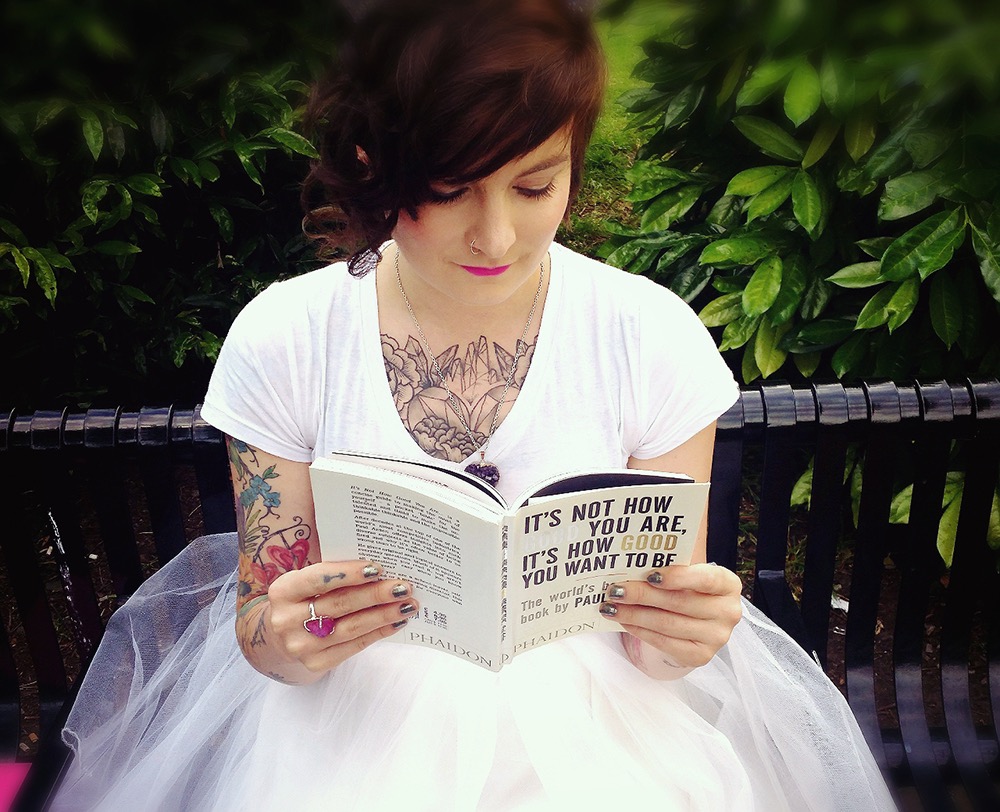
What was your first tattoo? How old were you and do you still like it? What do you think about tattoo regret? My first tattoo is a line of text that says “Dance like nobody’s watching” in my own handwriting around my wrist. I was 19; I got it for my birthday. It’s not my favourite tattoo but it’s unobtrusive and it’s part of my story. It’s not the quote I would be most drawn to now but it sums up my personal philosophy of living life on your own terms and always being true to who you are.
I think tattoo regret is part and parcel of being a tattooed person, the way I sometimes wake up and absolutely hate my hair, some days I wish I could wake up and erase one of my tattoos. But I’ve never experienced any lasting regret about any of my tattoos. I plan to be more or less covered in ink, so if I end up with a tattoo that I’m no longer wild about, it won’t stand out that much in the bigger picture of the canvas that is my body. And they’re all part of my story.
Which is your favourite tattoo? Do any of them have a special meaning?
All of my tattoos have some sort of special meaning attached to them, even if it’s just an association with a particular time in my life. If I had to narrow it down to my favourites, they’d be my chest piece which was done by Jessi James in Newbury. It represents self-love and personal transformation. And also the rose and bee on my knee by Cassandra Frances; I plan on getting the other one done to match. That tattoo was born out of a silly conversation with my friend about being “the bee’s knees” but I absolutely adore it.
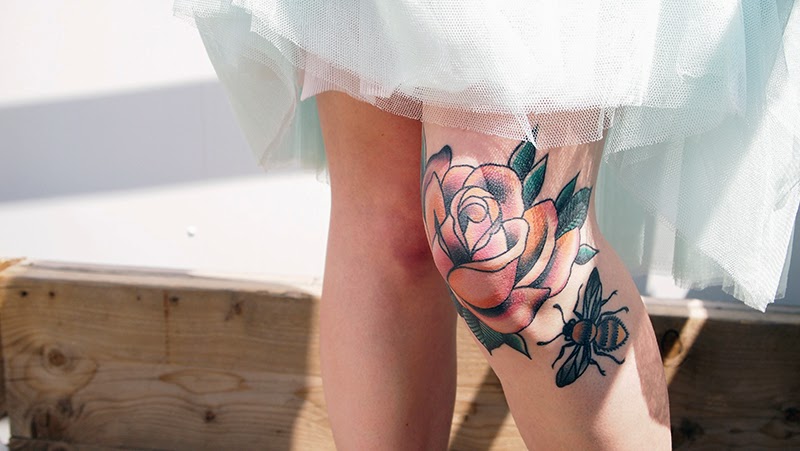
Do you have any future tattoo plans? Are there any artists you admire? I want almost my entire body tattooed, but I like to think of it as a collection and I’m happy to curate it slowly as I can afford to get the work I want. I’m particularly keen to get pieces from Tiny Miss Becca, Emily Rose Murray, Rebecca Vincent, Peter Aurish, Danielle Rose, and Antony Flemming.
How would you describe your fashion style?
I describe it as technicolour punk rock chic! I’m a big fan of bright colours, fit & flare dresses, vintage silhouettes, statement jewellery, & motorcycle boots.
